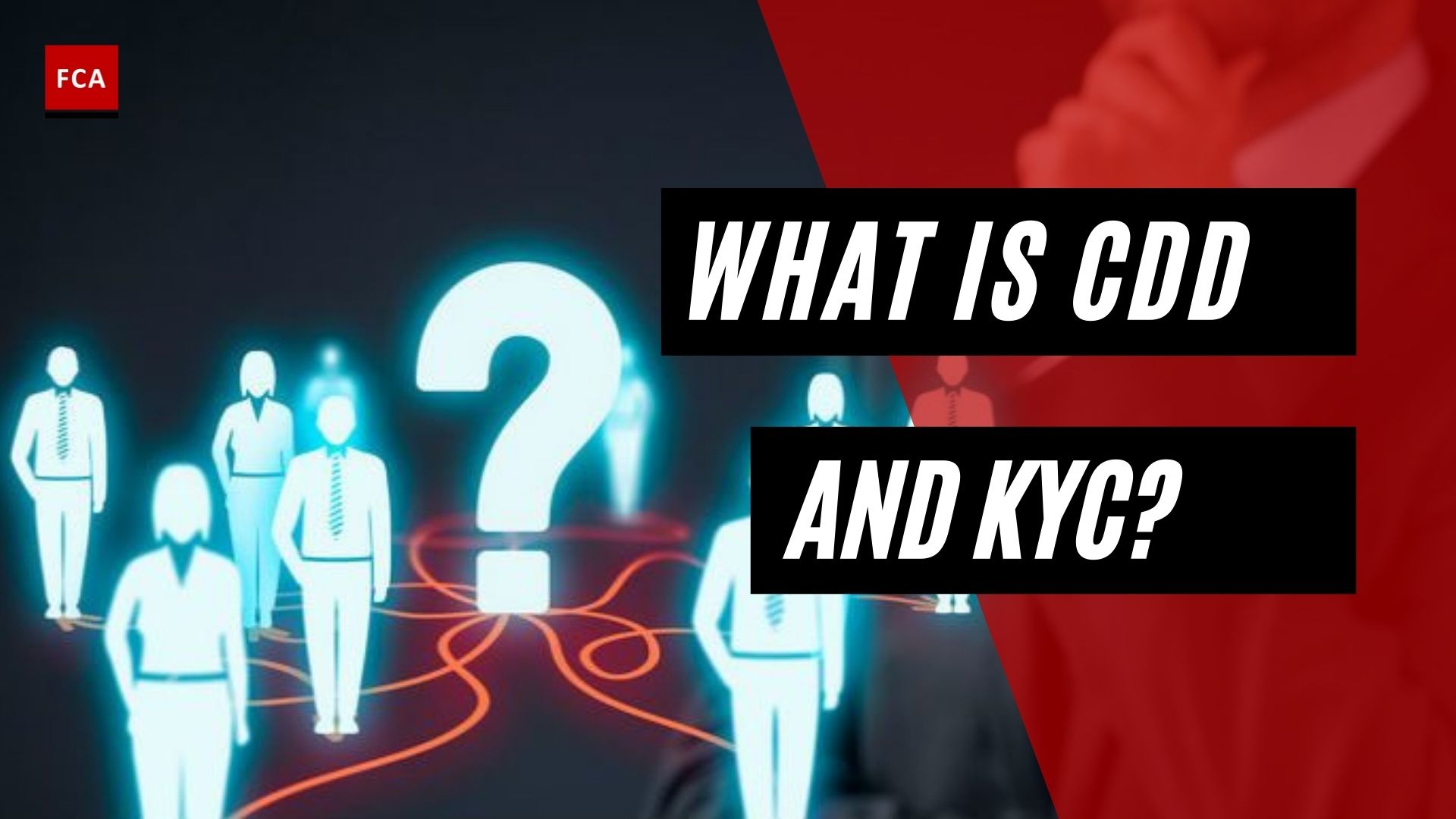The Central Compliance Committee or CCC is a management-level compliance committee led by the organization’s Chief Executive Officer (CEO). The CCC works on behalf of the BCC to examine the organization’s overall compliance profile regularly and offer relevant comments to management and workers.

Central Compliance Committee
CCC is an important aspect of the entire governance framework and the cornerstone of a successful anti-money laundering and counter-terrorist financing program. It operates via a competent Compliance Officer to create the tone for compliance inside the business. The Board of Directors of a bank or financial institution, for example, guarantees a strong compliance culture and executes the compliance program through the CCC.
The AML/CFT compliance function and the Chief Compliance Officer are in charge of implementing certain aspects and regulatory requirements of the AML/CFT framework as the second line of defense. Through quarterly CCC meetings and continuing training, CCC works with business leaders to assure compliance and increase compliance awareness while taking a risk-based approach to mitigating ML/TF risks.
As members of the CCC, all department heads meet on a regular basis to discuss the state of compliance in their respective departments. The Secretary to the CCC is the Chief Compliance Officer (or CCO). Before each periodic meeting, the CCO prepares and delivers the meeting’s agenda to the CCC meeting in front of the CCC members.
The CCC is responsible for managing the entity’s compliance risks and uses monthly compliance reports to improve communication with the Board Compliance Committee (or BCC). Most importantly, the CCC acquires a greater knowledge of what the BCC requires and how its directives must be carried out due to this reporting process. CCC improves the management discourse by bringing perspective to the strengths and limitations of a compliance strategy and controls through a compliance program.
The CCC provides an effective means for management to fulfill its job once the compliance program and implementation strategy have been established, knowing that the business is aware of risks that might influence strategy and effectively manage them. Applying compliance risk management helps create trust and instill confidence in the board, which demands greater scrutiny than ever before about how compliance risks are actively addressed and managed.
The CCO serves as the secretary to the CCC. The committee comprises of the members from different departments or functions, such as Business, Treasury, Investments, Account Operations, Information Technology, and so on.
The CCC periodically meets to discuss and review the compliance issues, regulatory requirements, and breaches. Under the supervision of the CEO, all the members of the MCC discuss their respective regulatory compliance requirements, issues, and possible breaches.
With the collaboration of the CCO, the CEO provides insights and directions to the members to ensure that all the members comply with their respective regulatory requirements.
The compliance program and its components, including policies and procedures, are reviewed and approved by the CCC before the final approval of the Board Compliance Committee (BCC).
During CCC meetings, the CCO provides insight into the compliance culture and implementation of the compliance program. The MCC meetings also discuss regulatory observations, inspection reports, and compliance status.
Final Thoughts
All the members of CCC provide support to the CCO to ensure that the compliance program is implemented effectively in the organization at all levels. CCC ensures that the CCO of the organization is provided with sufficient resources to enable the CCO to effectively implement the compliance program. Resources to be provided to the CCO include the appropriate Compliance and AML team, access to the information from different departments, review of the compliance status, and so on.








